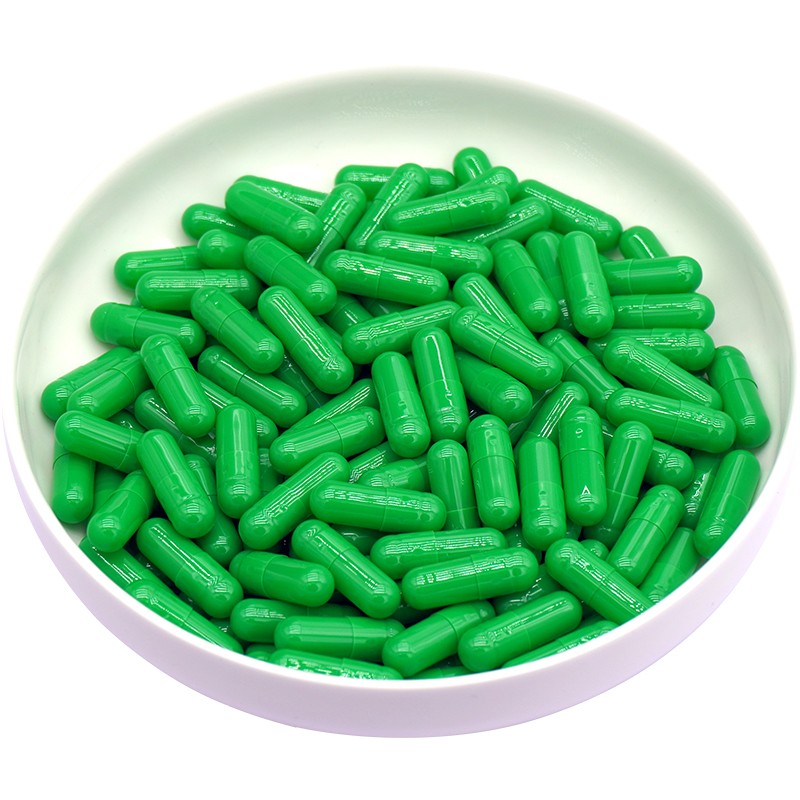What Size Capsule Do I Need?
- 23 Feb, 2023
- 3529 views
Gelatine capsules are ideal for ingredients in powder or granular form. These ingredients can easily be packed into two-piece hard caps.
Understanding capsule sizing systems
One of the most common questions asked by our customers is capsule size. The capsule sizing system is a bit complex and sometimes confusing, so we've created this guide to help you understand the ins and outs of capsule sizing.
The capsule sizing system
Capsules are categorised by size from 5 (smallest) to 000 (largest). The numerical designation used for empty gelatin capsules size is inversely proportional to the size of the capsule. These sizes are standardized irrespective of the capsule material (gelatine or vegetable origin).
The larger the number, the smaller the capsule. Using this standard size system allows us to ensure that both the encapsulator and the consumer receive the right capsule for their needs.

What size capsule do I need?
Some of our most common questions revolve around finding the right capsule size. Often, customers ask us questions like, "How many capsules do I need to hold a teaspoon of contents?" or "How big a capsule do I need?" Sometimes the answer to these types of questions can be a little complicated. For example, let's look at the problem of encapsulating a teaspoon of material.
A teaspoon can hold about 7 '0' capsules and about 5 '00' capsules. The weight of the material used to fill the capsules depends on their density. Due to the characteristics of the material used to fill the capsules, the density varies considerably, for example. Powders, liquids, granules, herbs, etc. This density must be calculated in order to know how much material is suitable for a particular size of capsule. This is why there is no single answer to the question "Which capsule size is right?" There is no single answer to this question.
The primary gelatin types used in capsules are typically from bovine or porcine raw materials. Depending on the fill, formulation and on the target market group, manufacturers have flexibility in the raw material type, with some opting for a combination of porcine and bovine options. Bovine bone gelatin, for example, contributes to capsule firmness. Porcine options, on the other hand, offer plasticity and clarity characteristics.
- Category:
- Business
- No comments



